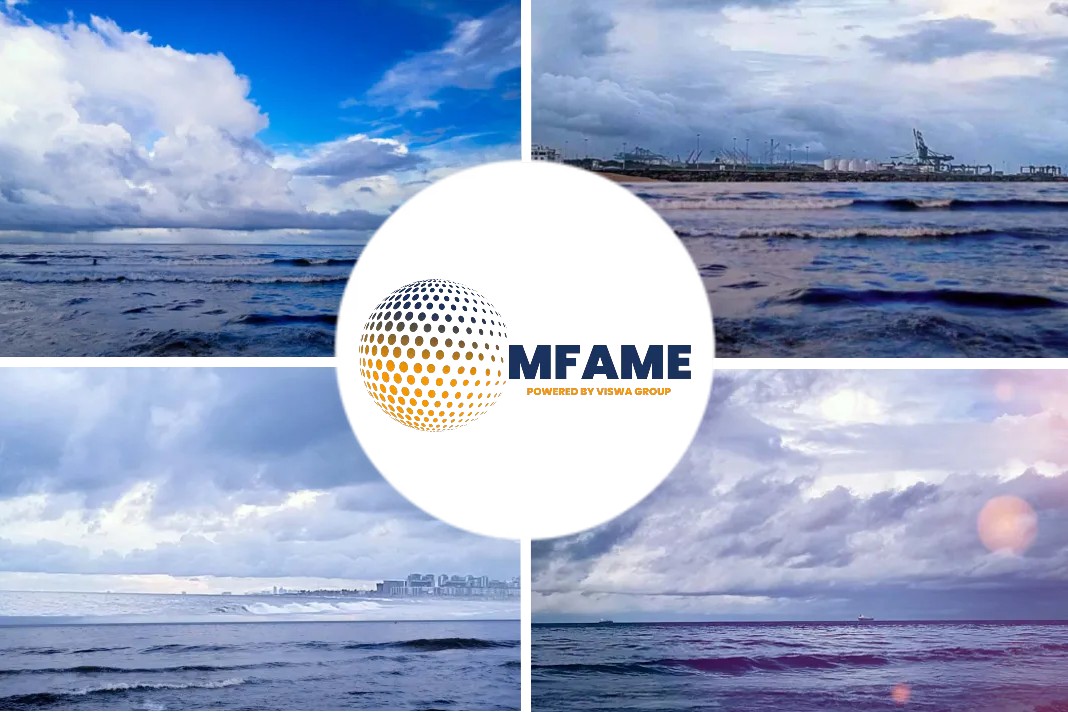The 2020 International Maritime Organization 0.5% marine fuel sulfur cap changes are starting to shine a spotlight on the feedstocks market, with vacuum gas-oil (VGO) expected to be a major blending product in the creation of compliant bunker fuel in time.
Cut in sulfur value
A source said, “The cut in sulfur value in bunker fuel from 3.5% will massively increase the value of a whole range of blend components, including VGO and low sulfur straight run.
Low sulfur VGO has a sulfur content of approximately 0.5-0.6%, making it an attractive blending feedstock for producers aiming to get on-specification bunker fuel by 2020. High sulfur VGO — with a maximum 2% sulfur content — is also likely to be blended in the 0.5% bunker pool, as it has a lower sulfur content than high sulfur fuel oil”.
The sulfur content of the blended product is brought down using distillate products, such as 0.1% sulfur gas-oil, which is typically used as a heating fuel. The higher density of materials such as LSSR and VGO would also increase their attractiveness, as marine fuels tend to be heavier than the gas-oil specifications typically used for heating.
Feedstock for FCC
At present, the typical outlet for LSVGO is as a feedstock for fluid catalytic cracking (FCC) units in order to produce gasoline and other high-octane components. LSVGO produces about 70% gasoline and 30% diesel when processed in FCC units. HSVGO is often run through hydrocracking units to produce about 70% diesel and 30% gasoline.
This makes the feedstocks heavily dependent on FCC and hydrocracking margins, which are also reliant on gasoline and diesel crack spreads — the products’ relative value to the crude from which they are made.
The source said, “As a result, blending opportunities for feedstocks into the 0.5% bunker pool will likely depend on product cracks values in 2020, at least in Europe and the US, the main global markets for VGO. It depends on [product margins] which will affect demand for LSSR and VGO once we reach that point”.
Competition
Already, the gasoline forward crack curve shows April 2020, the first month of the year assessing the more premium, summer grade gasoline, at $9.35/b. The same period in 2019 sees prices at a more modest $6.83/b, suggesting a likely 37% increase in the gasoline crack by the time of IMO 2020, supporting the case for stronger cracks amid increased competition for VGO.
Marine fuel blending
As the gasoline market prices in a potentially tighter VGO market, a bullish gasoline crack will likely compete with the marine fuel blending pool to attract VGO back into FCC units for gasoline production.
Meanwhile, the diesel market is also expected to be tighter in 2020 as more distillates are likely used as bunker fuels to comply with the new sulfur cap.
With prices of gas-oil and diesel grades expected to rise in the medium term, refineries may be incentivized to maximize diesel production over gasoline.
In the ICE low sulfur gas-oil futures market, the December 19/December 20 spread has been oscillating for weeks between $25/mt and $30/mt, compared with December 18/December 19 at $3.75/mt. A wider spread places a lot more value on distillate products come 2020 due increase bunker marine blending demand.
One Central European refiner said they intended to import VGO to use as feedstock in their secondary units to produce middle distillates when the new IMO regulation kicks in.
Charles Daly, chairman of Channoil Consulting, at Petrospot’s ARACON conference in Rotterdam last month said, “The use of VGO in the very low sulfur fuel oil pool will be competing with jet and diesel margins”.
LSSR to follow the lead
Another feedstock that could be part of the bunker mix is low sulfur straight run, which can be blended into the cracked fuel oil pool as it typically does not drop below cracked fuel oil in value.
LSSR blending into low sulfur fuel oil tends to happen when the LSFO market is strong and the LSSR market is weak, offering an outlet for traders. Despite LSSR and LSFO having different end-users — the former being a road fuel feedstock and the latter being a power generation fuel — their similar properties as oil products allow them to be blended together.
Merchantable LSSR typically has a sulfur content of 0.5-1% and a density of 0.920-0.950 kg/l, while LSFO trades with a sulfur content of 1% and a density of 0.991 kg/l.
Looking at the forward curve, the Calendar 2020 hi-lo contract — the premium of 1% FOB NWE cargoes to 3.5% FOB Rotterdam barges — is currently valued at $99.25/mt, compared with $34/mt for the Calendar 19 contract.
The streams of LSSR that are sometimes used to blend into the LSFO pool should see higher differentials in a sulfur-constrained world. This highlights the opportunity for LSSR as a feedstock to meet 0.5% bunker demand.
A feedstock trader said, “There will be more blending of LSSR and VGO in the cracked pool to make the 0.5% bunker fuel”.
Did you subscribe for our daily newsletter?
It’s Free! Click here to Subscribe!
Source: Platts

















I do not understand why all of you ship owners are not looking at Methanex as an example of the merits in using methanol as the world’s main fuel. In the near future is scrubbers going to be able to still qualify for more Cleaner fuel like Methanol ?